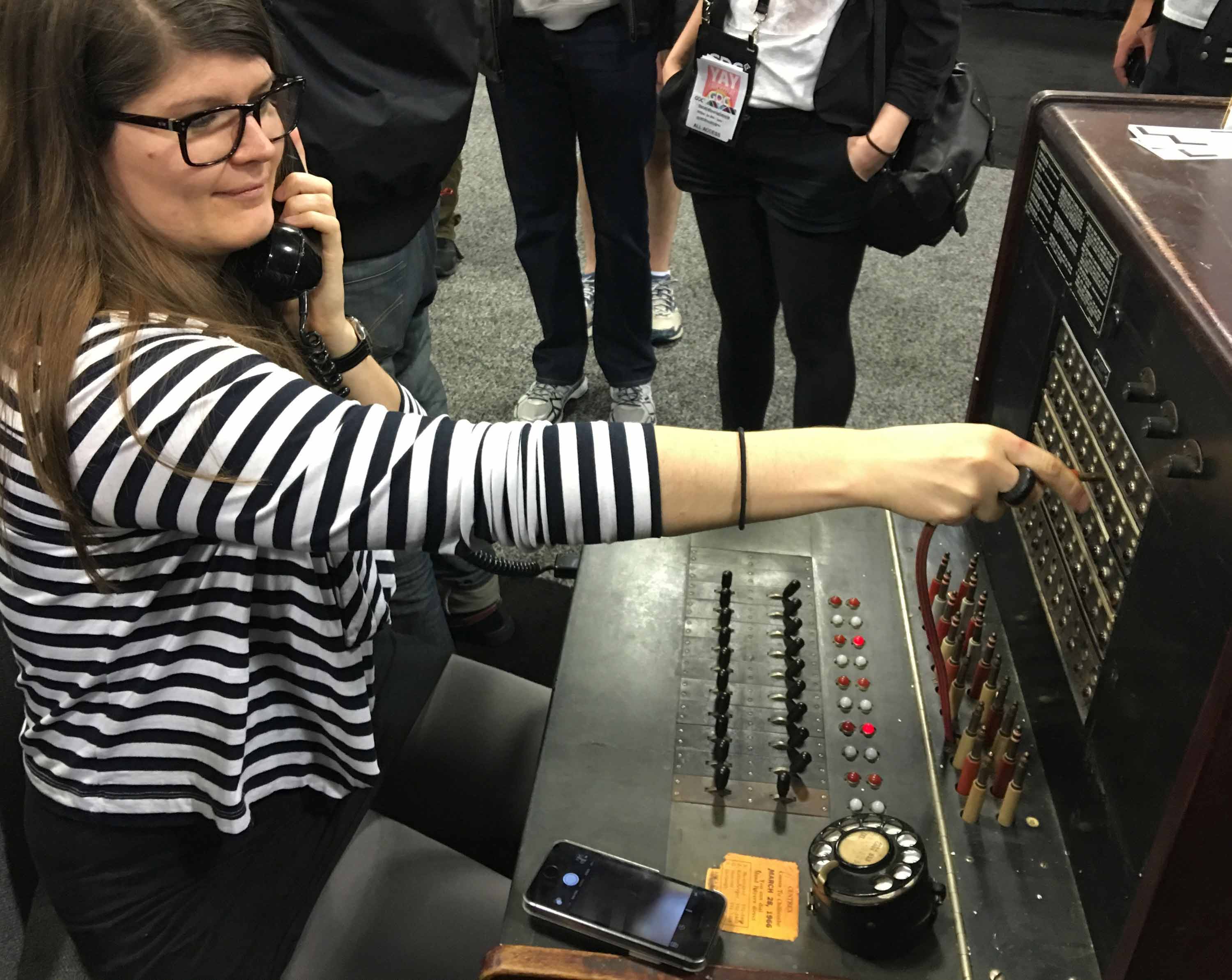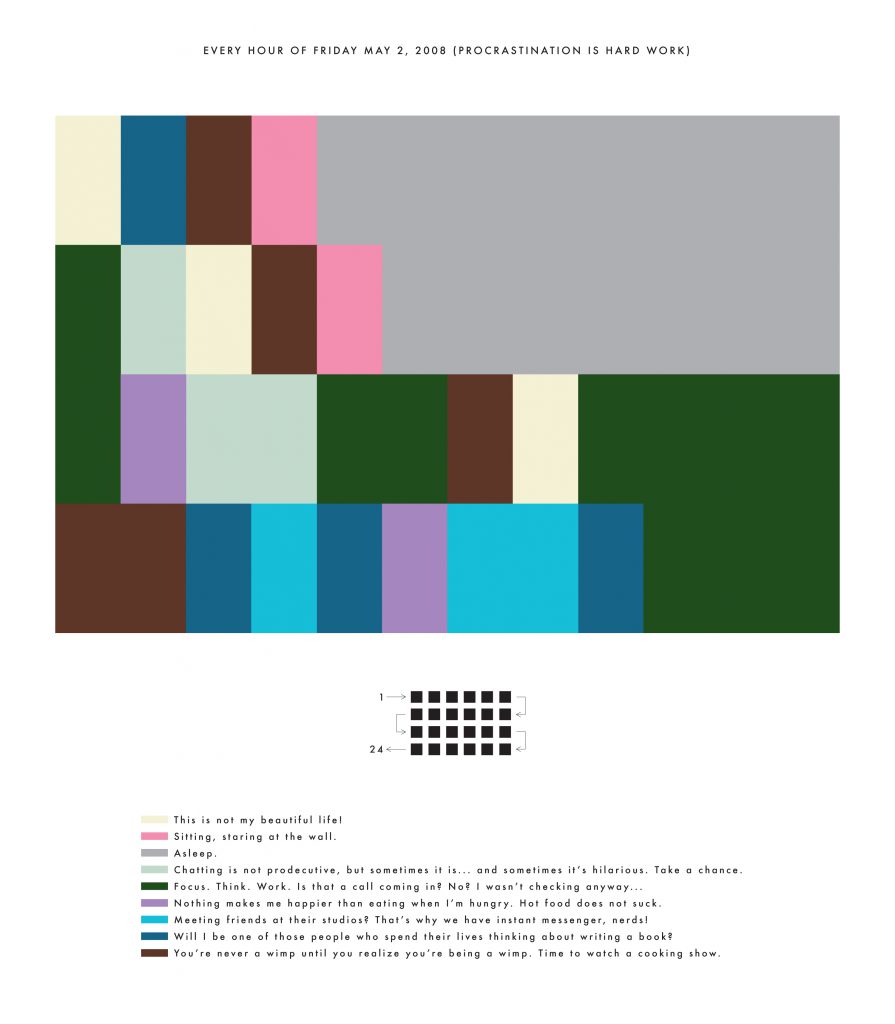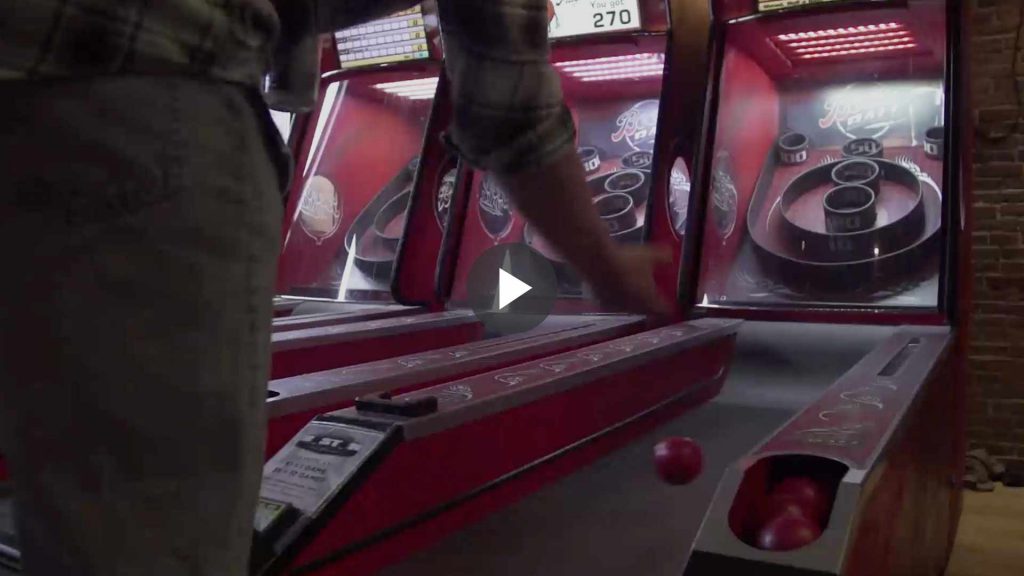Alt control game designer Mike Lazer-Walker explains a difficult-to-describe genre and muses on the pleasures of the past.
The games I make aren’t games you play with a controller on a screen, or cards and dice on a table, or even by throwing a ball around a field. I make games that blend the digital and the physical, using novel physical interfaces. Sometimes this means using the various sensors in your smartphone, using information like your physical location for Pokémon Go–like experiences. Sometimes this means making my own physical hardware or co-opting vintage technology as an input to a new game.
As a result, this means I tend to make things that you can’t buy. My games are ephemeral, one-off installations, shown primarily at small independent games festivals like IndieCade, Bit Bash, and Babycastles, gatherings that are largely attended by other game designers rather than consumers. Without wide commercial appeal, the funding for them tends to come from odd places as well. Until recently, a lot of my work was produced as part of my research at the MIT Media Lab. It’s often difficult to describe these sorts of games.
One of the pieces that came out of my time at MIT is the game Hello Operator. When people sit down to play Hello Operator, the most common thing heard is some variant of “Whoa, I’ve always wondered how that worked!” What shocks people about Hello Operator isn’t the gameplay—it’s a pretty standard “time management” game, an immensely popular genre—but the fact that they’re playing it on an actual, physical telephone switchboard from 1927.
Specifically, Hello Operator is played on a Western Electric 551-A switchboard that, in a former life, serviced the Mead Paper Mill in Chillicothe, Ohio. Players sit down at the switchboard and connect customers who want to talk to each other, using it exactly how it would have been in the 1920s. Instead of tapping on a touchscreen or mashing buttons on a controller, you interact with actual vintage hardware.
The movement of “alt control” games—videogames like Hello Operator that use nontraditional physical interfaces—is small but growing. It used to be that games like this would only really appear at game industry-specific events attended largely by game creators, like the alt.ctrl.GDC exhibit at the annual Game Developers Conference.
This is changing. Line Wobbler, a hypnotic game played with a rope of lights and a wobbly doorstopper spring as a joystick, recently saw a custom installation in King’s Cross Station in London. Beasts of Balance is Jenga-meets-Pokémon and played with a set of physical plastic animals and a tablet; it can be bought at Apple Stores.
A lot of these games could theoretically work as digital-only games. An iPad version of Hello Operator already exists for prototyping and play-testing purposes. But I’d never seriously consider releasing it to the public. The way you interact with a piece of technologically meaningfully affects your response to it; we have different emotional connections to apps we use on our phones than we do ones we use on our desktop computer. That gap is only amplified when you compare a digital-only game to physically plugging in ninety-year-old cables.
But why old technology?
As an artist, I strive to use play and games to spark intellectual curiosity and curiosity about the greater world. Exploring the history of technology provides an opportunity to probe at questions surrounding people’s relationship with technology, but in a way that feels longer-lasting than fiction based on today’s tech. Using a telephone switchboard to listen in on phone conversations, say, is an elegant way to start a discussion about surveillance. Looking at the telegraph (as in What Hath God Wrought?, a previous piece of mine played on nineteenth-century telegraph hardware) is an effective way to explore what happens when instantaneous real-time communication is introduced to a culture for the first time, and how it affects all aspects of daily life.
What is most satisfying about Hello Operator is the genuine surprise in people’s eyes when they see the physical hardware. It’s novel, to some extent, but a novelty that sparks intellectual curiosity. People who would never bother reading a book about the history of telecom are suddenly excited and enthusiastic to learn all about how switchboards function. It’s a lot easier to forge a connection with the past when you’re able to make a physical connection to it.
These games are fun precisely because of what they teach and the way they teach. Skill acquisition is inherently rewarding, and a big part of the psychological role of play. But a big part of the playfulness of my work comes from very deliberately teaching obsolete skills. If any of these games become too didactic, and players feel like someone is trying to “teach” them, they would disengage. A big part of how I strike that balance is the sense of immersion that comes with authenticity. You can learn to play Hello Operator by reading Western Electric’s official training manuals from the 1920s. That’s very intentional. If the most important part of the experience is this tactile interaction with the past, being true to that past matters.
What Hath God Wrought? is a good example of this, too. It essentially asks you to learn Morse code in five minutes, which is pretty impossible to do. The brutal difficulty that falls out of that means that What Hath God Wrought? isn’t actually that well-designed a game.
I could have easily made a “better” game by abstracting away Morse code in favor of something that evoked it but was simpler to learn. But without the direct representation of typing real Morse code, using actual nineteenth-century hardware no longer feels necessary. At that point, you might as well release a digital version of the game rather than having to muck around with fiddly hundred-year-old electronics. Without the hundred-year-old electronics, you lose the experience of being able to meaningfully interact with a beautiful object from the past. Suddenly, the essence of what makes this work tick is gone, along with the sense of history that imbues them and teaches us how we got here. ♦
(Image credits: All photos courtesy Mike Lazer-Walker.)











